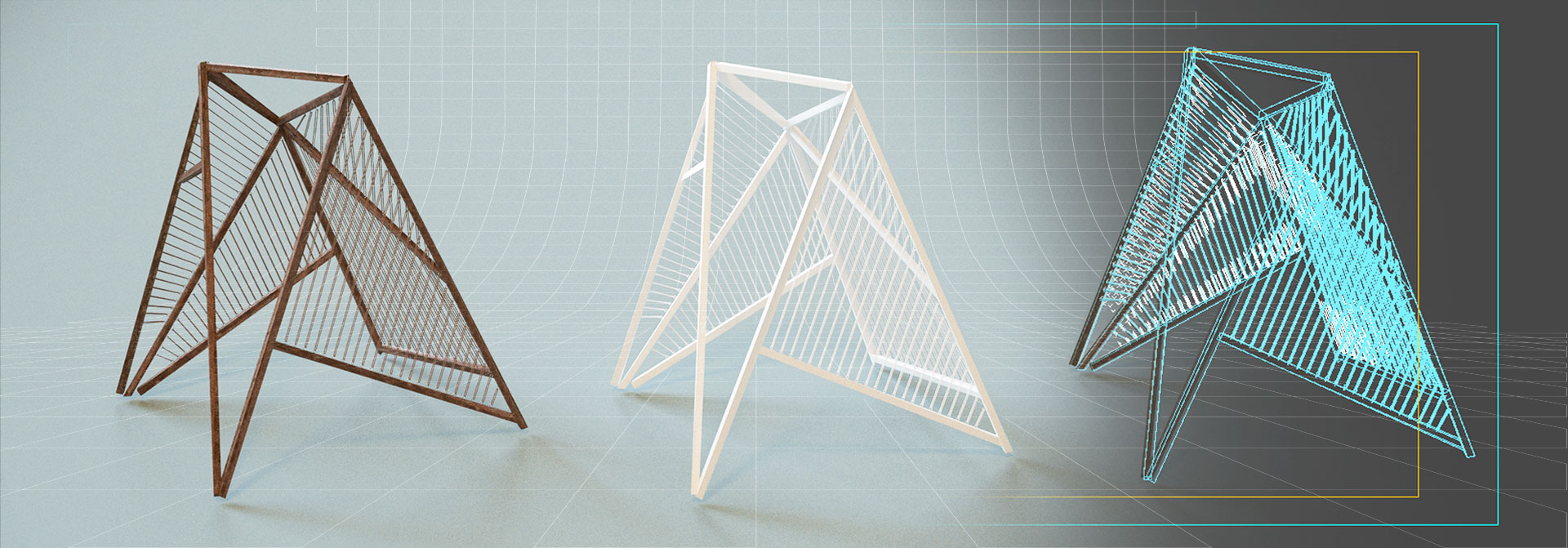What is 3D Rendering? 6 Must-Know Basics About 3D Rendering
3D rendering is widely used in serious business spheres such as corporate branding, advertisement, marketing, and construction. Having a thorough knowledge about the technique will enable you to optimize it for your needs. This article will give you insight into the essentials of what 3D rendering is.
Table of contents
What is 3D Rendering? General Introduction
What does 3D rendering mean? 3D sign rendering is a method of digital design that has undergone refinement in tune with rapidly advancing technologies. Let’s answer the most commonly asked questions regarding the basics of 3D rendering.
-
Question 1: What is 3D rendering?
To fully understand what 3D rendering is used for, we need to start from a more general concept – 3D visualization.
-
3D visualization vs 3D rendering
3D rendering is simply one of the last stages of 3D visualization. The entire process constitutes different phases of progress. Let’s go into more detail.
What is 3D visualization? It’s a combination of skills employed for a product demonstration. It’s a multidisciplinary procedure involving concept, modeling, materials, lighting, rendering, refinement and delivery.
The practice creates a realistic form of a specific visual task to provide a clear digital representation of what your product will look like in real life.
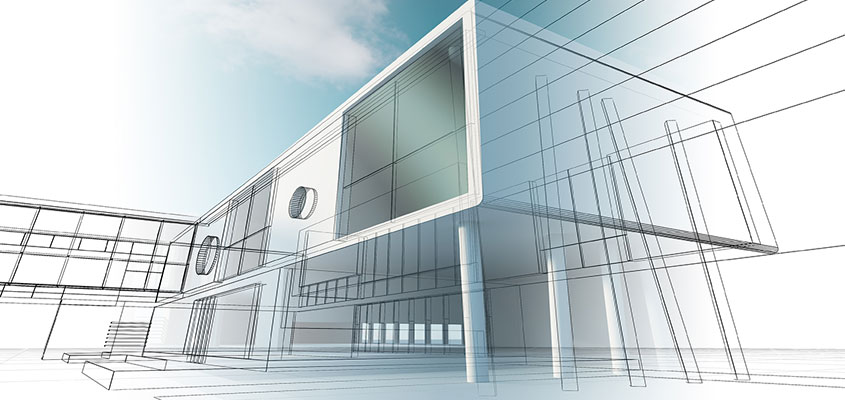
What is the definition of 3D rendering? It’s one of the last stages of 3D visualization. It’s the process of generating detailed and lifelike images from a digital 3D model.
With the use of advanced illustration software, the designer is able to create a realistic image that can even be superimposed into a digital representation of an actual location.
-
3D rendering vs 3D modeling
What is 3D modeling? It’s the process of developing a mathematical representation of any object in 3D via specialized software. It’s an indispensable phase for rendering 3D objects in finer detail.
How does 3D modeling work? A graphic designer uses special software to manage points corresponding to a specific design in a virtual space. As a result, an object is created.
Digital 3D models are presented to clients to show the dimensions of the product before it moves on to the rendering and fabrication phase.
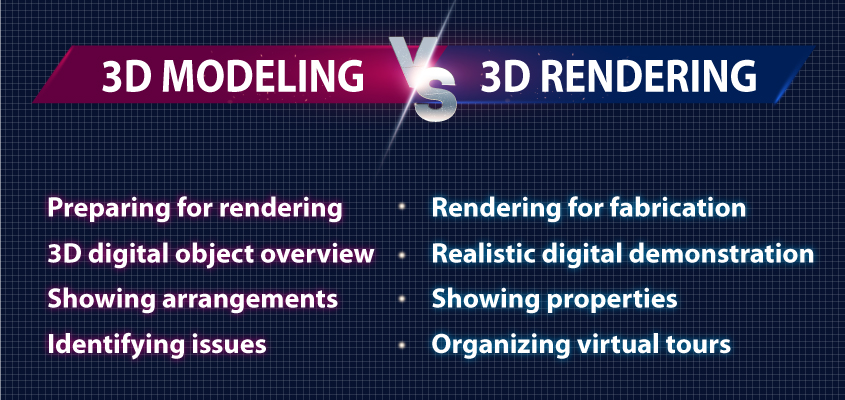
Below, you’ll find a basic comparison for “what is 3D modeling and rendering” to comprehend what 3D modeling is used for as opposed to 3D rendering.
- Modeling prepares for rendering; rendering prepares for production.
- Modeling gives an overall demonstration of a digital 3D object; rendering shows it with more realistic details.
- Modeling helps with the arrangement of hazardous features; rendering shows detailed properties like colors of the object for clients.
- Modeling identifies general structural issues; rendering depicts 3D images of objects through virtual tours and walk-throughs.
The above-mentioned points describe the main difference between 3D modeling and 3D rendering where one produces general objects and the other creates a realistic representation of them, respectively.
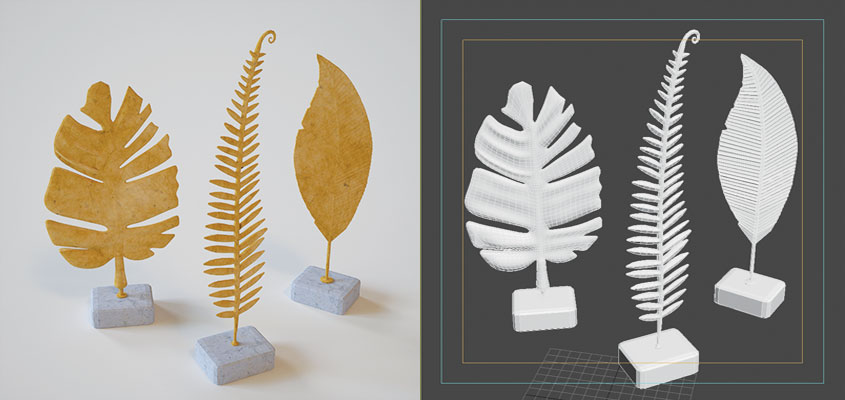
-
Question 2. How does 3D rendering work? The basic phases
For better application in your industry, a full understanding of how 3D rendering works is critical. Here are a series of phases that are integral for 3D rendering applications.
Phase 1: Understanding the project
The first stage is getting an accurate idea of what’s on your client’s mind. If the product is business signage, for example, you should collect as many details as possible concerning the sign’s dimensions, typeface, colors, shades, location, etc.
Phase 2: Diving into 3D modeling
As mentioned above, this technique is used to manipulate vertices in virtual space. Created either automatically or manually, 3D modeling produces a digital mock-up of any given object.
The essential part here is the collection of points in space that are mapped into a three-dimensional grid. All these points have their own positions, and after being placed in those positions, the surface of the product is produced.
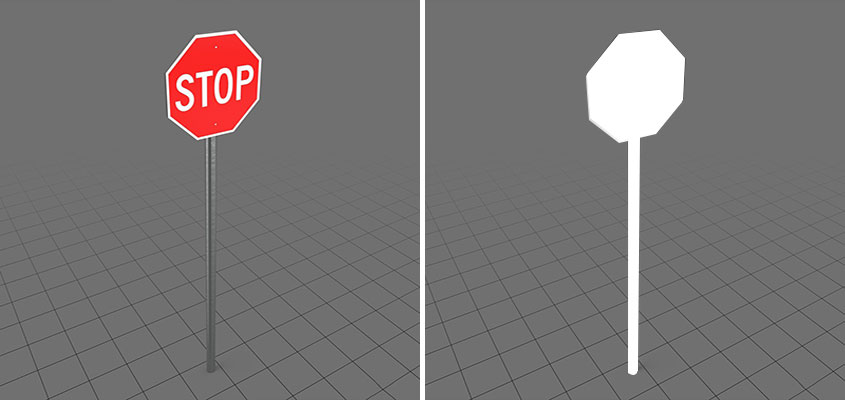
Phase 3: Choosing the most representative materials
Creating a life-like rendering relies on accurately depicting the kind of material that will be used. The graphic designer modifies the material settings and appearance, like matte or glossy acrylic, to get a realistic visual representation.
Other parameters are modified as well, such as the roughness of a given surface or even the hardware used during sign installation.
Phase 4: Considering lighting for the right application
Lights are essential for creating three-dimensional scenes in virtual space. To reproduce true to life lighting, the 3D artist includes digital “lights” in this stage of the illustration process. The software’s light settings aim to recreate the effects of light rays as they bounce off objects in real life.
Phase 5: Rendering a 3D object
After all the previous steps are completed, the rendering process enters into phase. It consists of creating naturalistic 2D images of the 3D signs, similar to the method of taking photos in the real world.
Depending on the complexity and specifications of the scene being digitally reproduced, this process can last from seconds to days. Rendering can only be accomplished with the help of highly technical computer software.
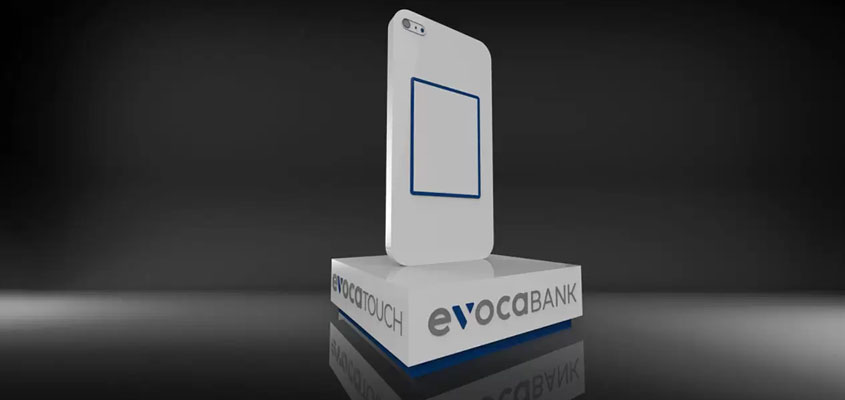
Phase 6: Proceeding to the refinement phase
In this stage, the artist provides a digital draft of the rendering to the client, expecting corresponding feedback. After getting comments and suggestions, the artist implements the final changes for the end result.
Phase 7: Delivering the final result
The client gets the images of the final product as agreed. The images are usually high-resolution with specific characteristics and scales included. This helps the customer determine whether they want to move on to the production phase.
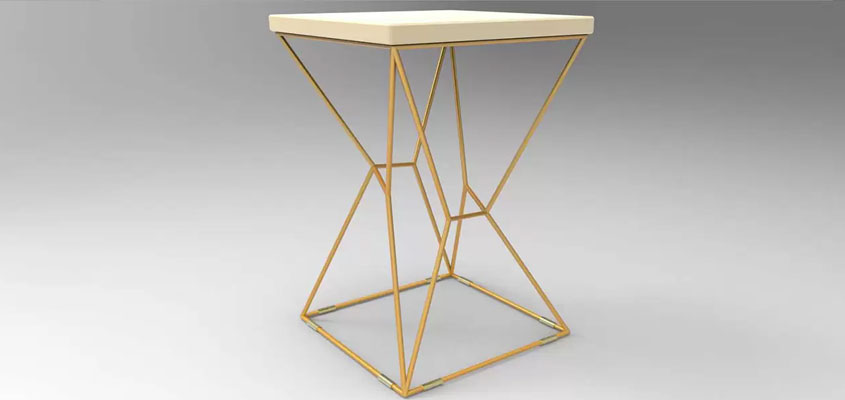
Interested in professional 3D sign rendering services? Contact us!
-
Question 3. What are the benefits of 3D rendering?
The benefits of 3D rendering are abundantly clear, starting from quality visuals to faster production results. Let’s read on to discover them.
Benefit 1. It grants perfect lighting
Through the process of rendering, you can control the outdoor as well as indoor lighting that will be cast upon your product in real life. With digital rendering software, you won’t need to wait for hours to catch a stunning sunset or sunrise.
Furthermore, you won’t have to guess how shadows from nearby objects will play off your product throughout the day, whether it will be obscured by trees, how surrounding lights will interact with it and so on.
This process makes it possible to manage everything concerning lighting. Rendering software can be used to make the shadows softer or sharper, track sunlight 24/7, and dim or brighten other lights nearby.
To add the final touch, the designer will capture the right colors to suit your vision.
Whatever your business sphere, you’ll boost your brand identity by using a rendering tool in your sign making process. The results are often breathtaking!
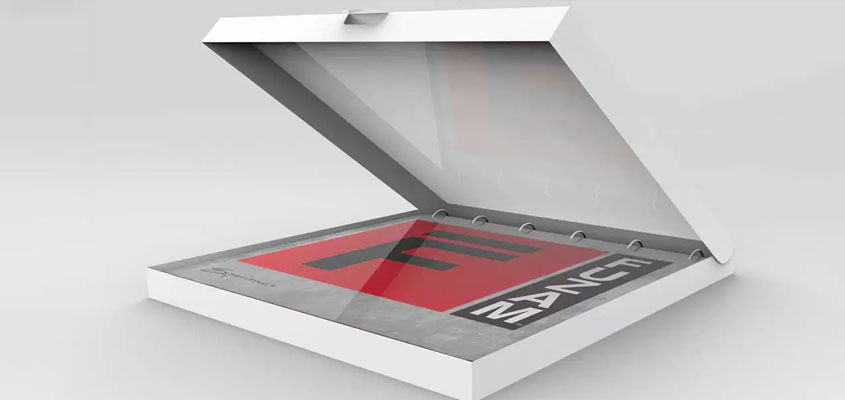
Benefit 2. It grants the opportunity to visualize future projects
Visualization is used for gaining a clear understanding of a product or project before it’s manufactured. Professionals invest in 3D rendering applications to skip having to go through the trial-and-error of testing out the numerous different aspects of a design.
Furthermore, in case of any structural changes, providing the necessary iterations becomes much easier.
Benefit 3. It makes the overall design fit your brand perfectly
The other benefit of 3D rendering is the possibility it offers for maintaining or perfecting the brand’s trademark look along with its hallmark colors.
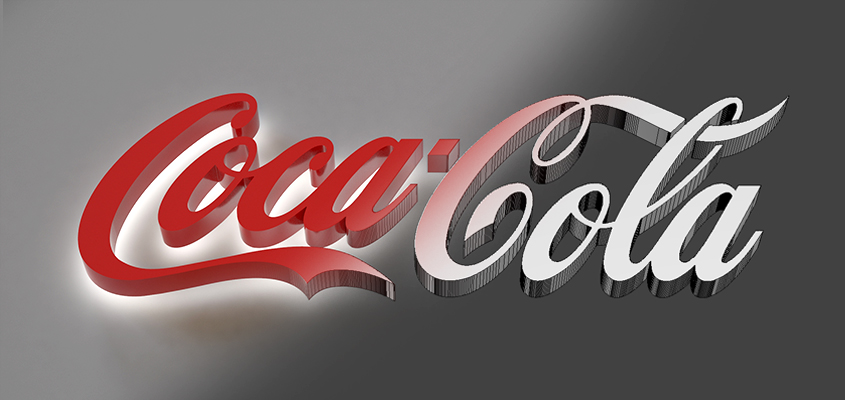
Benefit 4. It gives precise measurements and specifications
The most popular 3D rendering applications are for business branding with custom signage, product manufacturing and architecture. The technique provides almost absolute control over the final outcome.
It grants immense possibilities regarding basic measurements and accurate specifications of any given object. With such precision of details at hand, the results are bound to be excellent.
Benefit 5. It provides a clear form of communication
Presenting clear visual representations for clients will help you avoid the headache of having to redesign a product. Communication without loose ends is what 3D rendering is used for if we get down to its core. It offers an easy process for negotiation and delivers the desired results without any missteps.
If you’re planning an event or want to display your brand name in the most powerful way possible with lobby signs or building signs, then rendering is a crucial part of the process.
Here’s where clear visual communication will help customers identify and approve the needs they’ve expressed regarding the details of their corporate event signage.
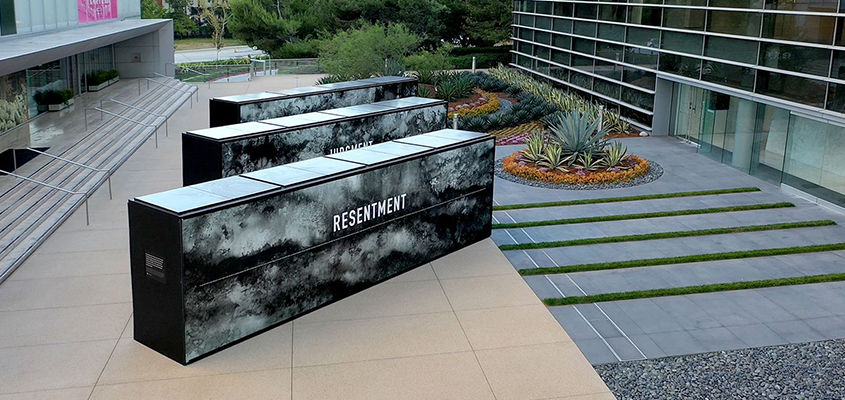
Related: Comprehensive List of Signage Design Ideas to Boost Your Business
-
Question 4. What’s the standard 3D rendering price list?
After having covered the essentials of techniques, the next question is how much does 3D rendering cost? The answer is that the price will vary based on a number of factors.
Provided is an average 3D rendering price list depending on the scale of a project. Let’s take a look.
Cheapest price range ($100-$250)
Within this price range, the client can request a simple conceptualization and brainstorming for a design. This works for projects that don’t require high-tech features, where the price of the service and product is the main concern.
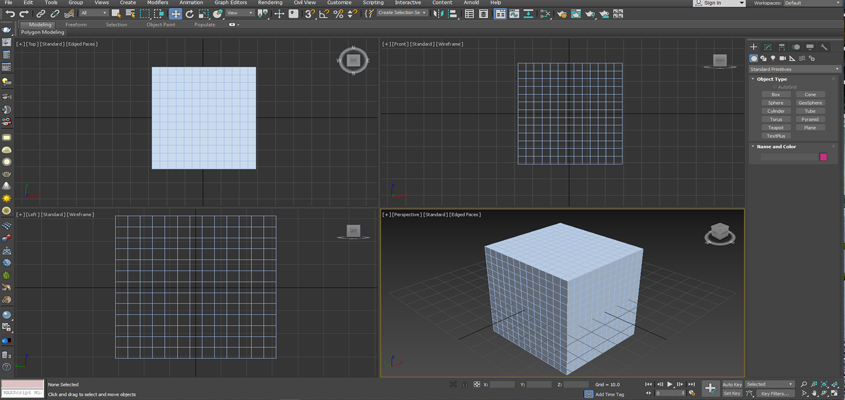
Medium price range ($300 – $500)
This price bracket is a step up from the first range and represents a more professional experience. With this kind of package, it’s possible to have your smaller-scale projects properly managed.
Expensive price range ($500 – $3,000)
This is the standard price for implementing fairly sophisticated projects and expecting high-end results. It’s mostly applied for various types of 3d rendering in commercial-scale endeavors.
Most expensive price range ($3,000+)
This tier is convenient to utilize for large scale projects intended mainly for big corporations. This is the go-to for enterprises willing to invest thousands of dollars to bolster their business brand with guaranteed success.
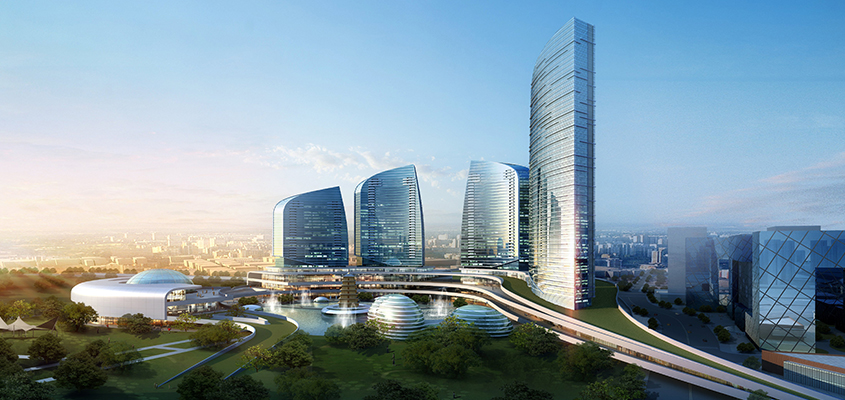
A Full Understanding of 3D Rendering Types
Are you interested in visualizing your products but don’t have a full understanding of the differences and basics of 3D rendering? Here are the common types of 3D rendering services to use for your business.
-
Question 5. What are the basic types of 3D rendering?
There are many types of 3D rendering so we’ll go over the main ones for your information. Let’s check them out.
1. Real-Time Rendering
Also known as online rendering, real-time rendering is more interactive, reproducing the frames to be rendered within milliseconds.
As the name suggests, during this process, the computer displays three-dimensional objects in real time.
What you see is really breathtaking, prompting many contemporary companies to start using this type of 3D rendering.
Companies can freely show their clients a detailed depiction of a project before it’s manufactured. They can even let them wander through the paths of a future building in the case of architectural visualizations, for instance.
2. Offline Pre-Rendering
In this type of 3D rendering, frames can take hours or even days to complete. Though not interactive, offline pre-rendering can address more involved details and specifications instead.
In terms of appearance, the upshots are much more refined, though many more hours are required to get such spectacular results.

Related: Comprehensive Guide on 3D Rendering Techniques and Tips for Experts
-
Question 6. What are 3D rendering types by usage?
3D rendering applications are endless. From enterprise to architectural design, multiple businesses use this service for effective production results. Let’s dig deeper to discover them.
- Corporate Branding
Business owners have a few seconds to make a solid impression on customers. Can you imagine the importance of your storefront signs or pylon signs in front of your business venue?
With the help of this unique technology, you’ll be able to visualize its entire design down to the smallest details and receive stunning end results.
- Entertainment
Wherever you look in the film and animation industry, you’ll see 3D-rendered products in some way. Within the wild spectrum of how 3D rendering works lies its use for special effects or even the depiction of whole environments in cartoons and movie scenes.
- Design and Architecture
What is 3D architectural rendering? It’s when the architects use this technology to add specific designs in digital 3D instead of creating hand-drawn blueprints.
These kinds of renderings are extremely important. They highlight key effects, showcase structural integrity and discover weaknesses in a building’s design before the project goes into the engineering phase.
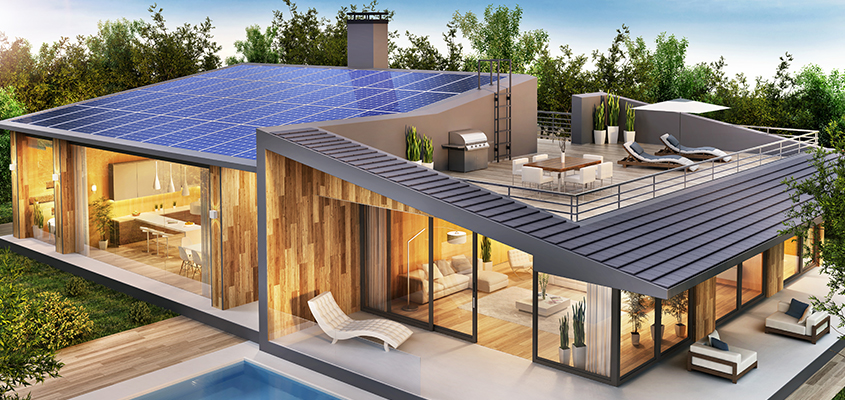
- Real Estate
Life-like representations of houses account for the biggest breakthroughs in success for real estate agents. If you’re still wondering what 3D rendering is used for, this is a key field that reaps the benefits of the service.
With this technique, you boost your authority as an agent, putting your customer service on the highest-tier of professionalism.
Your prospective buyers get the unique opportunity to take a virtual tour through the future premise of their dream home, getting all the details in real-time.
- Interior Design
The beauty of this high-tech feature for interior designers is the ability to showcase the final look of a space that’s yet to be constructed. Up until recently, designers only had a few drawing tools available to them for the creation of interior signs.
With 3D rendering applications, a whole new technology is now at their disposal. Show your customers what a home will look like before it’s made and get excellent feedback. It really works!
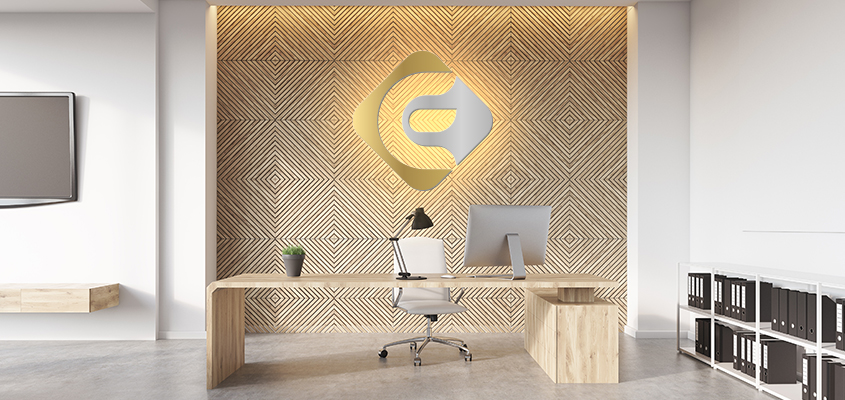
- Advertising and Marketing
In the advertising industry, the usage of this technology enables the depiction of products in a dynamic way. Packaging, cars, and all kinds of designer items benefit exponentially from 3D visualization in digital advertisements and campaigns.
- Video Games
Gaming has become more sophisticated than ever. If you’ve played a modern video game then you know the crazy likeness of the game environment with that of the real world. This can be attributed to how well the industry utilizes rendering software.
The 3D rendering definition we’ve gone over is key to seeing the value of the service. Now that you understand the basics of 3D rendering, apply them to your business for outstanding results.
